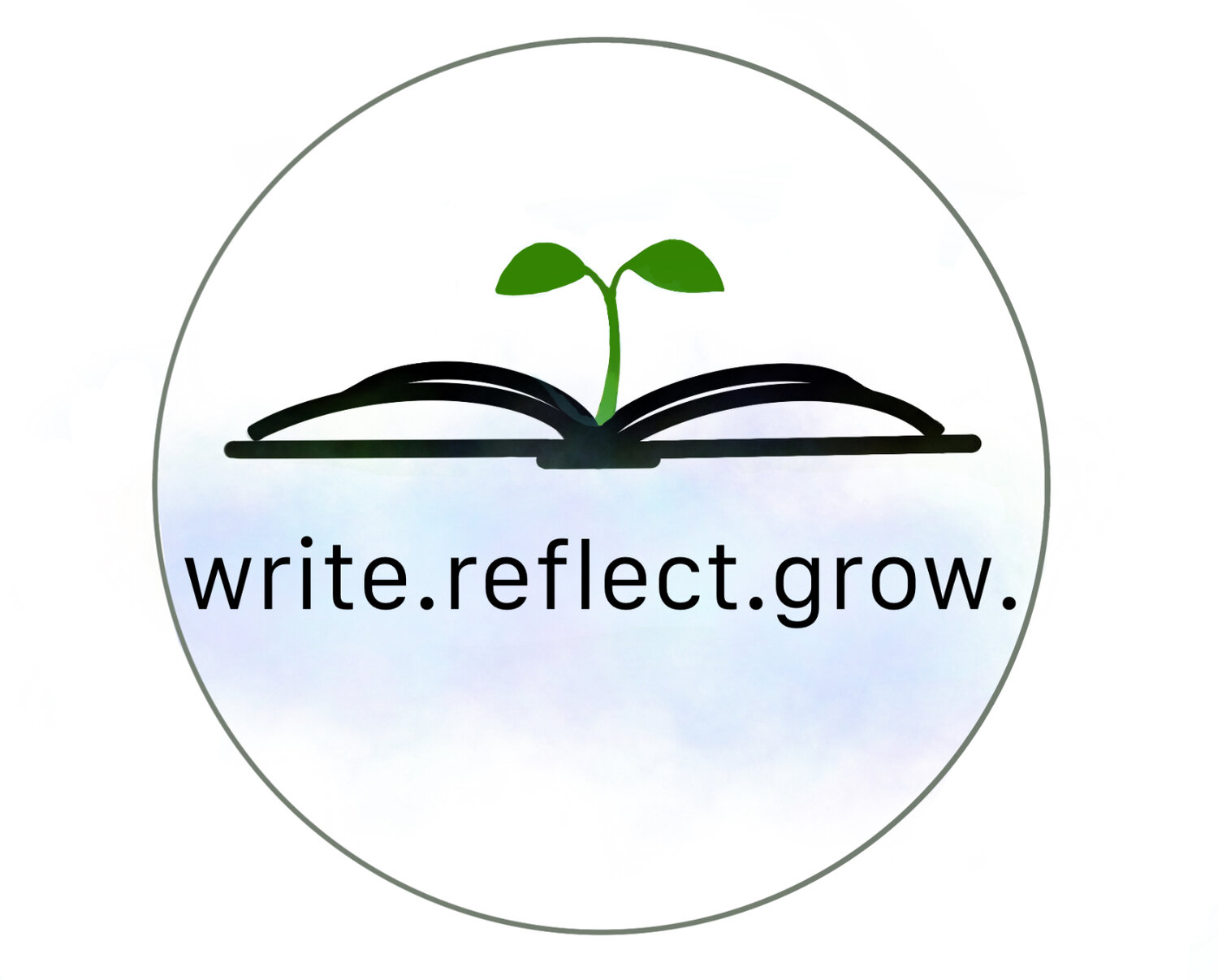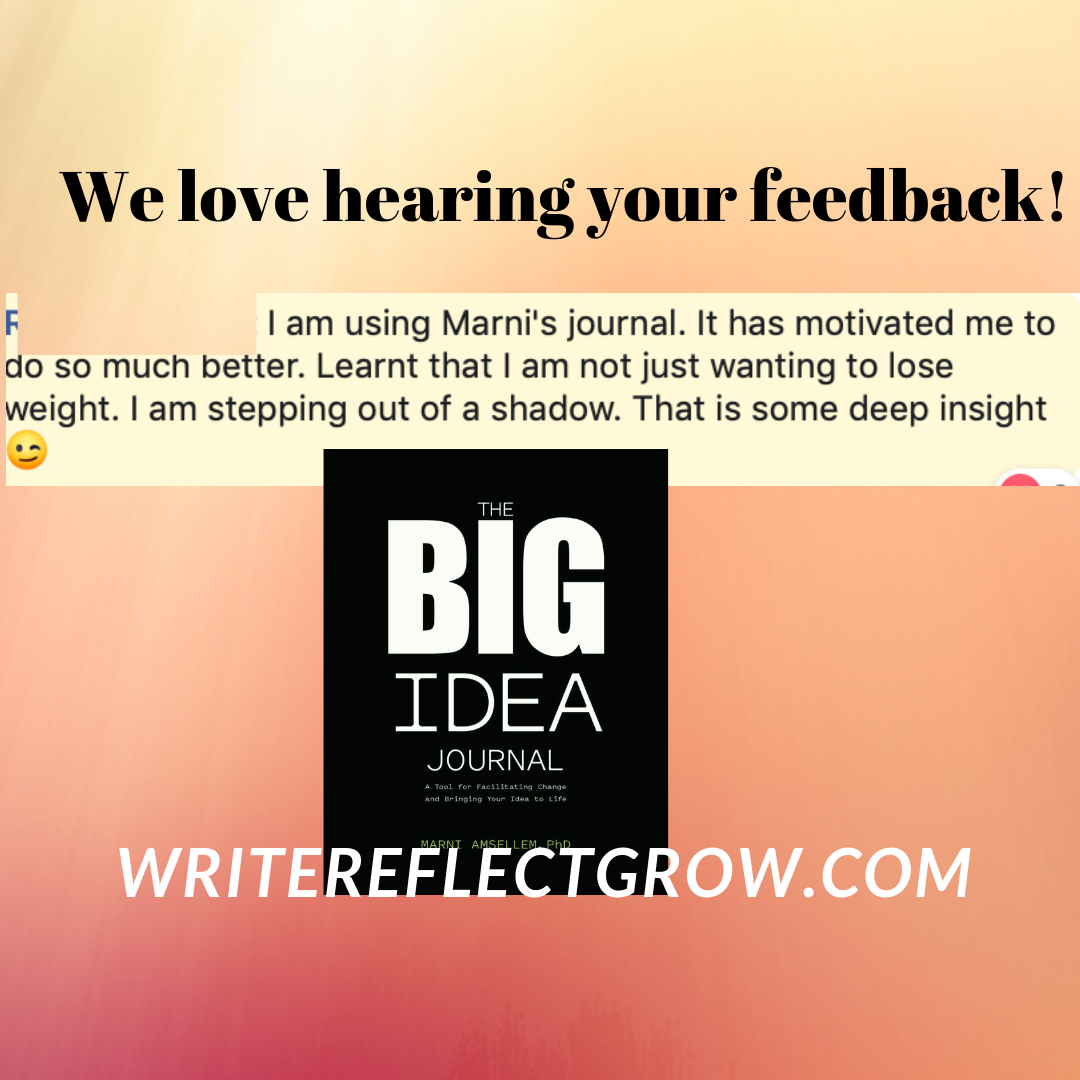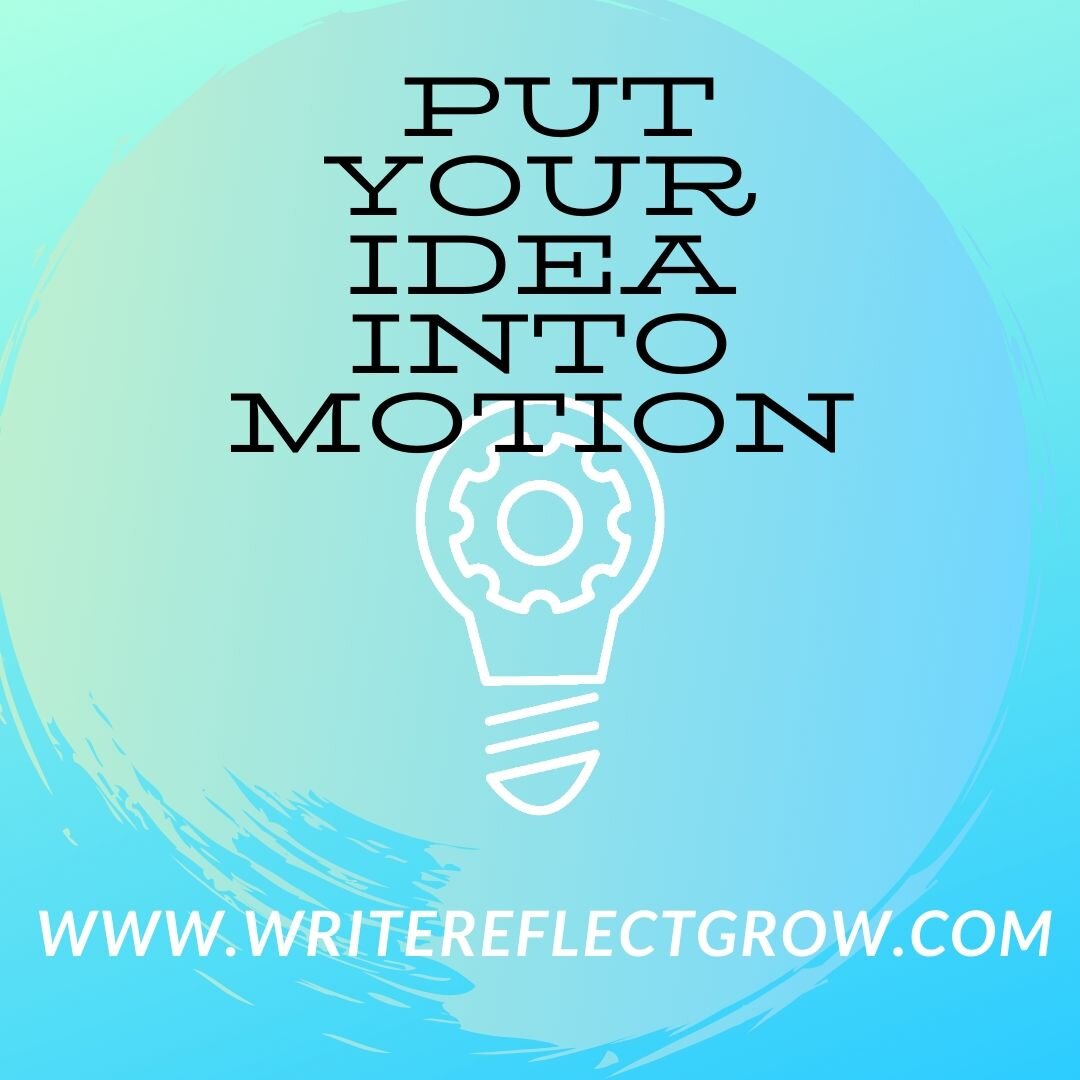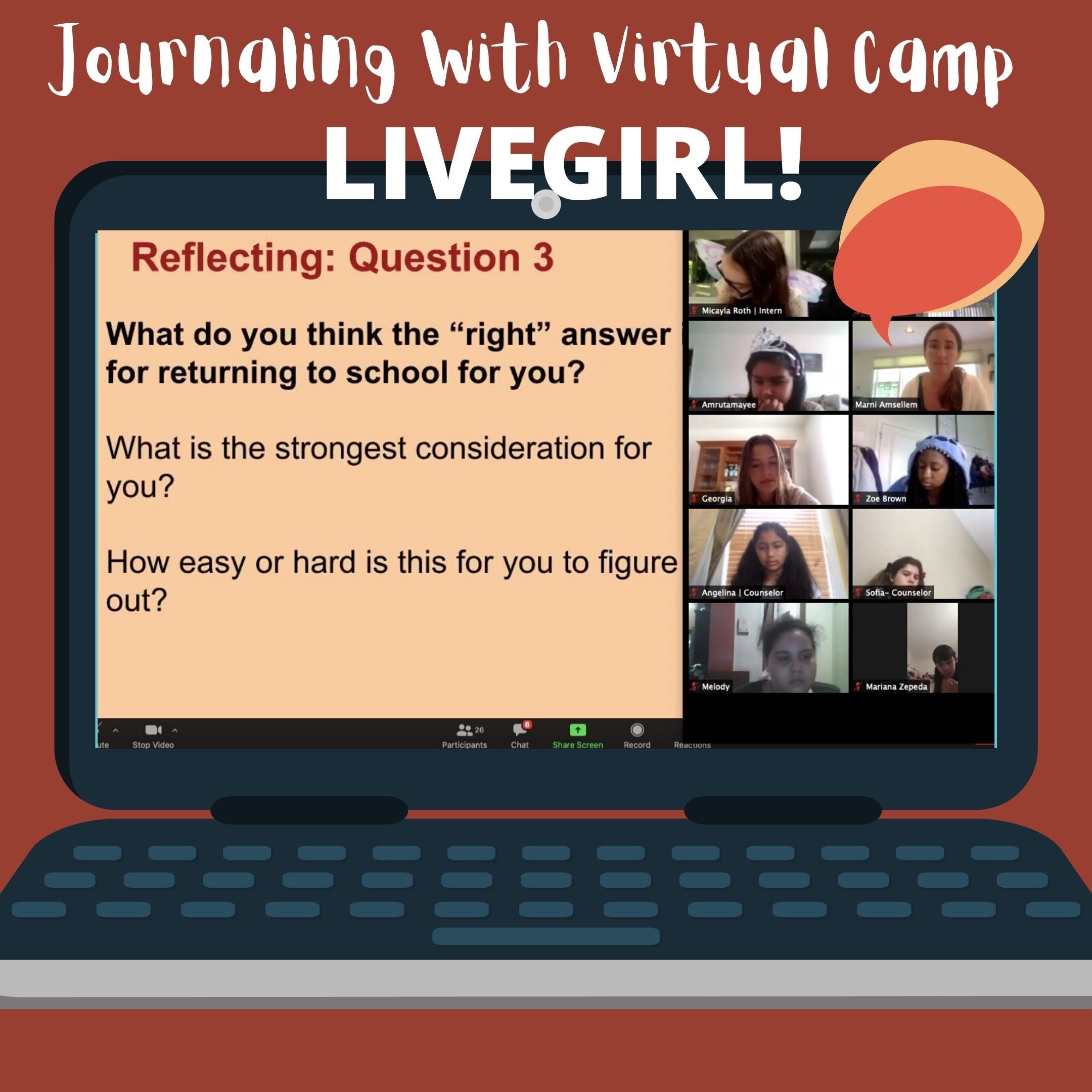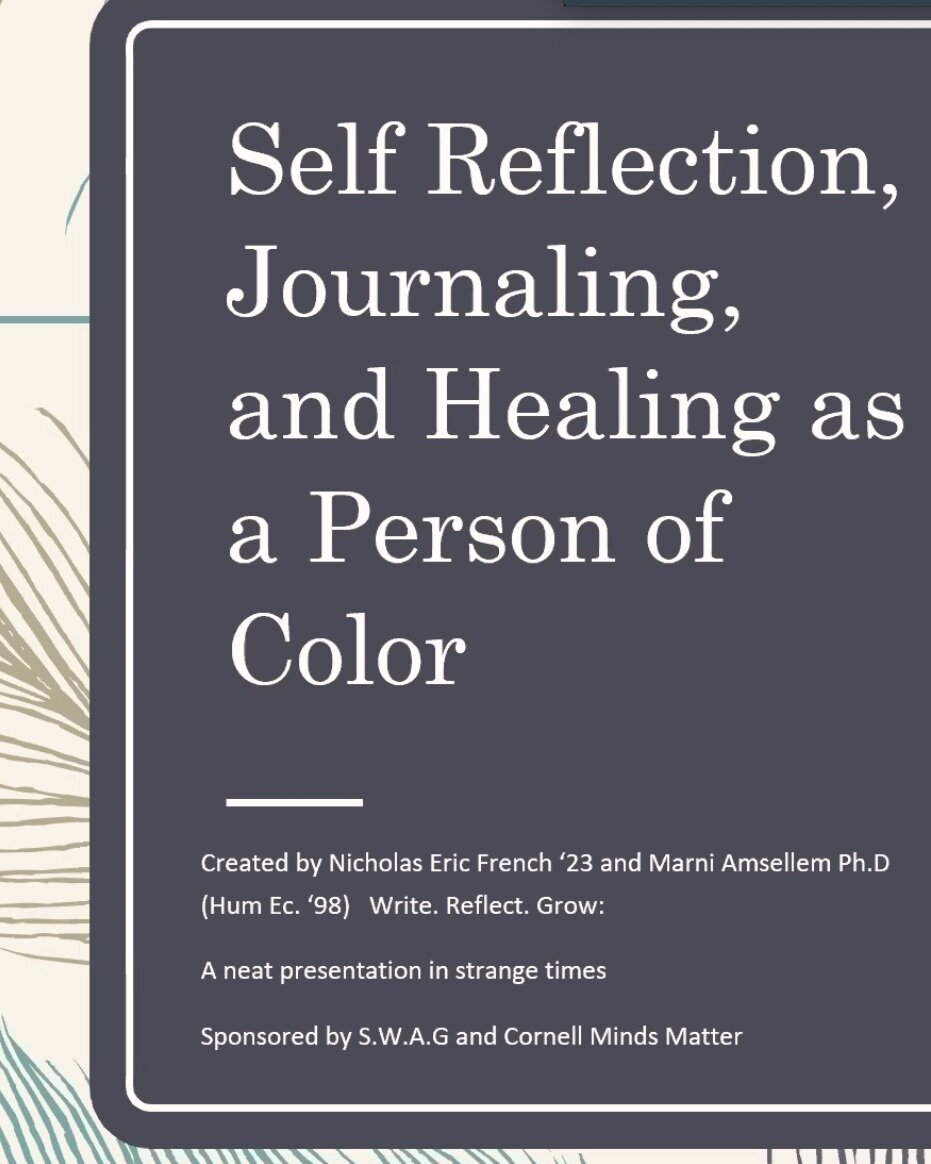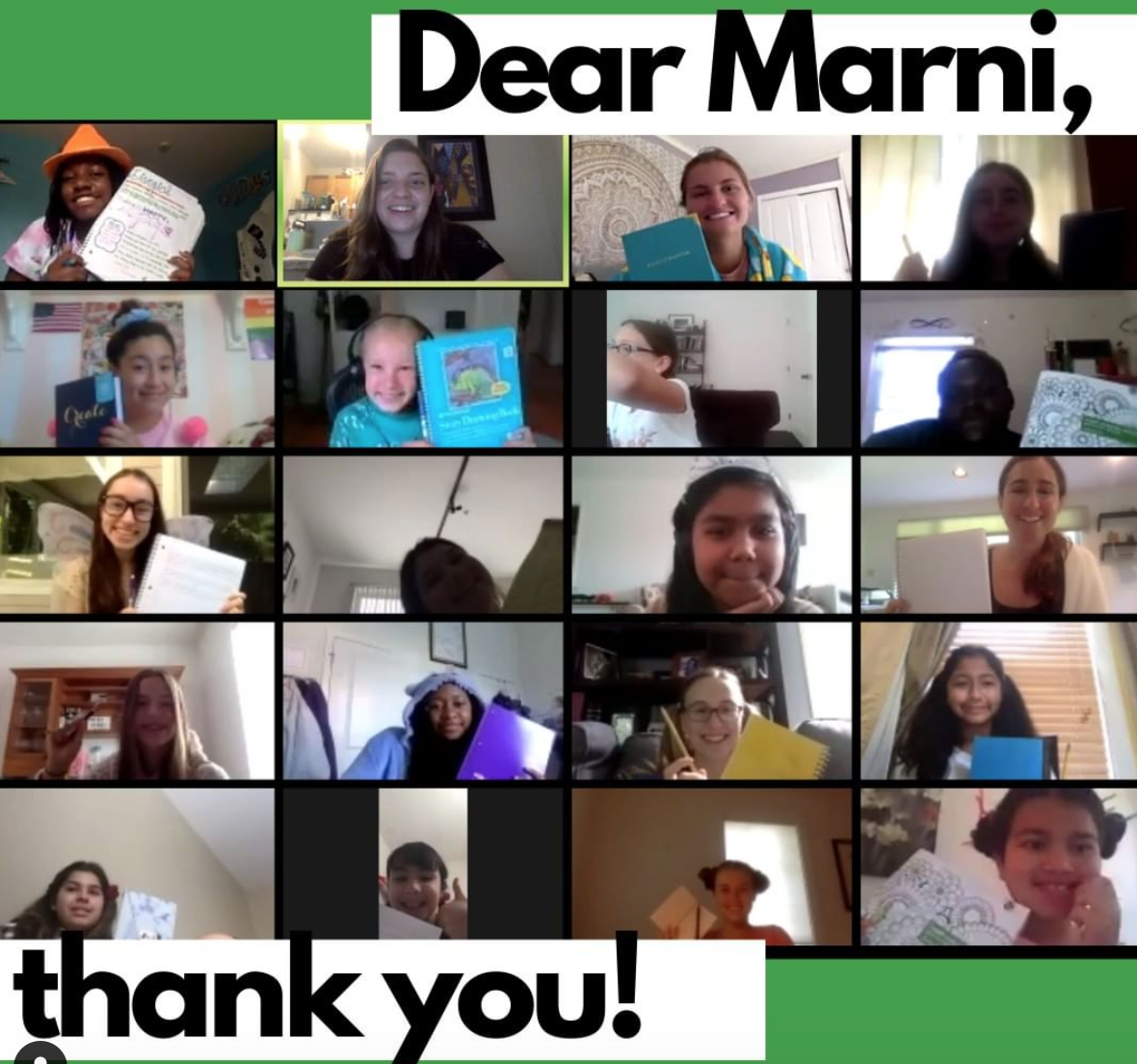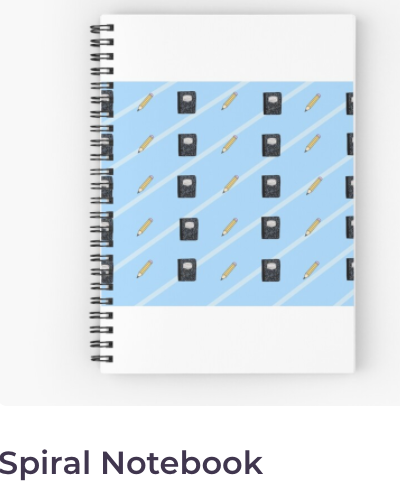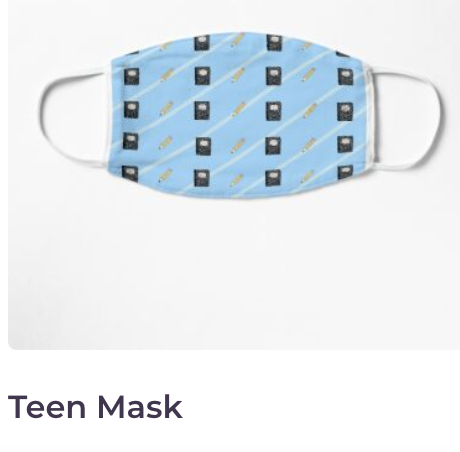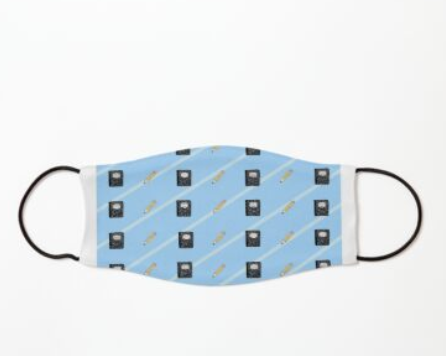For all the reasons this statement rings true for you: the transition into summer is one to hit pause on. Let’s now take a pause.
To me, this transition to summer feels like a call to look inward as we step out to enjoy and savor the season. Summer has this way of altering perspective naturally, as the speed of life shifts a bit.
A question relevant to this blog, and one to reflect on:
How can your journaling practice benefit from this change of pace? If you desire to shift focus in any way or to deepen your practice, now is a great moment to call attention to this and to record it in your journal.
Embrace what this seasonal shift represents to you- modifications in routine, a respite from the rush, changes in the cadence of your work, lounging poolside, or anything else relevant to your life in this season. This shift in pace offers an opportunity to step back and reflect on where you are, your current priorities (and how your actions reflect these priorities), and any adjustments you would like to make as you move into the future.
Seasonally speaking, summer represents a halfway point in the year, which naturally invites us to check in with ourselves on how our year is going. Summer also represents opportunity, for many of us, simply to step outside a bit more and to reconnect with nature and harvest the abundance of the moment. Whether we’ve entered vacation mode, engaging in beloved summertime traditions, or are simply trying to maximize long summer days and late sunsets, opportunities abound to notice what is happening within ourselves as we step outdoors. Welcome the contemplation and introspection that so often accompanies being with nature. While this is my personal perspective, it will undoubtedly also be communicated in the summer journaling workshops and group activities we will be hosting (mention of this topic now is to make me accountable regarding my intention to write more on this topic this summer!).
This seasonal shift encourages us to pause, reconnect with ourselves, and cultivate a deeper understanding of who we are and what truly matters to us. We can embrace this opportunity for a perspective shift. Taking these moments to pause can yield our own personalized guide for the season.
